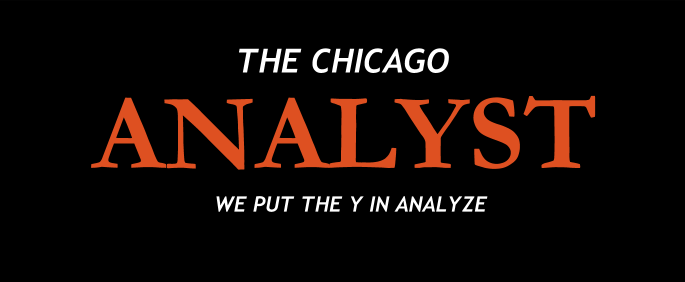Breaking Down the December Stimulus Package
In December, Congress passed their second stimulus package since the start of the crisis brought on by the pandemic. Though vaccines are being rolled out, it will be a long while until the world returns to normal. However, COVID fatigue and unemployment means that pressure to reopen and send out a new round of stimulus checks increased greatly as the year came to a close.
Negotiations, which went on for months, have mainly revolved around the issue of spending: Republicans wanted to limit spending, while Democrats wanted to pursue a more ambitious aid package. In July, Senate Republicans put together a $1 trillion package, which Speaker Pelosi dismissed for being way too little, especially in comparison to the $2.2 trillion CARES Act. Even this was a compromise, as Congressional Republicans wanted a $500 billion package that would repurpose leftover funds from the CARES Act. Senate Majority Leader McConnell blocked House Democrats’ more expensive packages.
The resulting stimulus, which won overwhelming bipartisan support, came out to be $900 billion. It revived the Paycheck Protection Program, as the Republicans wanted, and contained set-asides for low-income and minority communities, like the Democrats wanted. Democrats had to give up a $160 billion aid package for state and local governments, though they did get help for transit systems, schools, and vaccine distribution. In return, the Republicans had to give up a liability shield that would have protected businesses from COVID-related lawsuits.
What does the stimulus provide for?
With the new package comes a new round of checks, though they are substantially less than the last checks. Where the last checks offered many Americans a one time payment of $1200 and $600 in unemployment, this package only offers $600 and only $300 in unemployment. And once again, dependents over the age of 17 will not receive money, nor will their parents get money for them.
The bill also contains a provision that bans surprise medical bills: in 2022, it will be illegal to charge patients for services they had no say in accepting, such as emergency treatment. It also extends the moratorium on evictions by a month, from December 31 to January 31. Building broadband infrastructure is also covered by the bill, including a promise to cover up to $50 per month in internet bills for low-income families. And in a huge win for climate change activists, it includes legislation to regulate hydrofluorocarbons and allocates $35 billion to fund clean energy projects.
How will it affect UChicago students?
More so than what’s in the bill, the compromises made to make it viable say a lot. Democrats had to give up a $160 billion package for state and local government budgets, which unfortunately means that the state of Illinois will not have enough to cover for its massive fiscal problems. Republicans had to give up their liability shield, which means that business and universities, including the University of Chicago, are susceptible to COVID-related lawsuits.
Since many college students are still dependents, they are not eligible for the stimulus checks. Interest rate policy for federal student loans has changed. Typically, the federal government makes the interest payments for students who qualify for subsidized loans while they are still in school, and then establishes a time limit at the end of which they become responsible for their own interest payments. The stimulus bill eliminates that time limit, meaning that students who qualify for subsidized loans no longer have to worry about their interest payments.
Although many UChicago students may not be eligible for stimulus checks, they may be able to get other forms of assistance. For example, students could be eligible for food assistance if they are eligible for work study or if their financial aid application yielded an expected family contribution of $0. Also, with the new rules laid out by the package, more people can qualify for Pell Grants and the maximum grant amount of $5,435, which was increased for the 2021-2022 school year. Those who were formerly-incarcerated will again be eligible to use Pell Grants for higher education for the first time since the 1994 crime bill.
Next Steps
To better understand whether you are eligible for food assistance, check out these resources:
https://twitter.com/CarrieRWelton/status/1339360043175702529
You can learn how to apply for SNAP here and apply for Pell grants here.
If you are unsatisfied with the stimulus, get in touch with your congressional representative or your senator.
